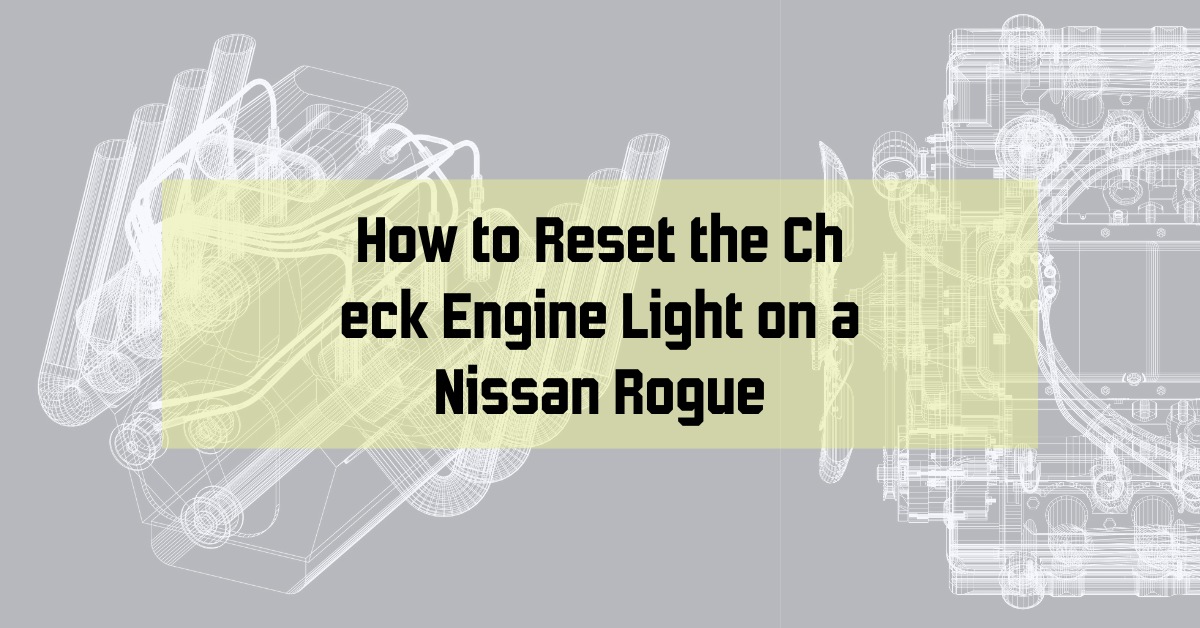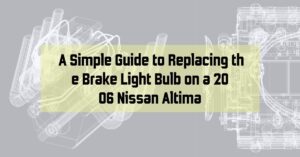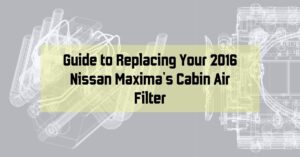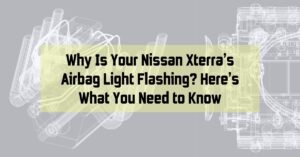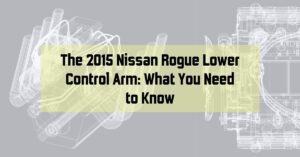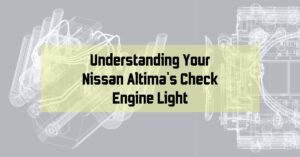If you see the check engine light come on in your Nissan Rogue, don’t worry! This light is just a way for your car to tell you that something might need attention under the hood. But even after you’ve fixed the issue, sometimes the light stays on. I’m here to help you understand how to reset the check engine light on your Nissan Rogue safely and easily.
What is Check Engine Light
The check engine light is part of your vehicle’s onboard diagnostics system (OBD-II). It illuminates when the system detects a problem that could affect the vehicle’s emissions, engine performance, or overall safety. The light can either blink or remain steady. A blinking light often indicates a severe issue, like an engine misfire, which requires immediate attention.
In most cases, after fixing the underlying issue, the check engine light should turn off on its own after several driving cycles. However, if it doesn’t, you might need to reset it manually.
Common Reasons for the Check Engine Light ON
Before resetting the light, it’s essential to understand why it came on in the first place. Here are some common reasons:
- Loose or Faulty Gas Cap: A loose, cracked, or missing gas cap can cause the check engine light to illuminate. This issue can allow fuel vapors to escape, which can affect the emissions system.
- Faulty Oxygen Sensor: The O2 sensor monitors the unburned oxygen in the exhaust system. A malfunctioning sensor can affect fuel efficiency and engine performance.
- Catalytic Converter Issues: Problems with the catalytic converter can trigger the check engine light. This component helps reduce exhaust emissions.
- Spark Plug or Ignition Coil Issues: Faulty spark plugs or ignition coils can cause misfires, which can illuminate the check engine light.
- Mass Air Flow Sensor Problems: This sensor measures the amount of air entering the engine to ensure proper fuel mixing. Issues here can affect engine performance.
Using an OBD-II Scanner to Reset the Light
The most reliable method to reset the check engine light on your Nissan Rogue is using an OBD-II scanner. Here’s how to do it:
- Purchase or Borrow an OBD-II Scanner: These devices are available at auto parts stores or online. They range from basic models to more advanced ones with additional features.
- Locate the OBD-II Port: In your Nissan Rogue, the port is usually located under the dashboard on the driver’s side.
- Connect the Scanner: Plug the OBD-II scanner into the port. Turn the ignition to the “On” position without starting the engine.
- Read the Codes: Follow the scanner’s instructions to read the diagnostic trouble codes (DTCs). These codes will help you identify the specific issue.
- Clear the Codes: After fixing the underlying problem, use the scanner to clear the codes. This action will reset the check engine light.
Disconnecting the Battery to Reset the Light
Another method to reset the check engine light is by disconnecting the battery. This method is straightforward but has its drawbacks, such as resetting all your vehicle’s settings. Here’s how to do it:
- Turn Off the Ignition: Ensure your car is off before starting.
- Locate the Battery: Open the hood and find the battery.
- Disconnect the Negative Terminal: Use a wrench to loosen the nut on the negative terminal. Remove the cable from the terminal and let it sit for about 15 minutes.
- Reconnect the Terminal: Reattach the negative cable to the battery and tighten the nut.
- Start the Vehicle: Turn on your Nissan Rogue. The check engine light should be off. If it remains on, the issue might still be present, and further diagnosis is required.
Sometimes, simply driving your car can reset the check engine light. If the issue is minor and has been resolved, the light might turn off after several driving cycles. Here’s what to do:
- Fix the Problem: Ensure the underlying issue has been addressed.
- Drive Normally: Drive your Nissan Rogue as you usually would. The vehicle’s computer will run diagnostics, and if it doesn’t detect the issue anymore, it will turn off the check engine light.
- Be Patient: This process can take a few days and several driving cycles to complete.
Preventing Future Check Engine Light Issues
To minimize the chances of seeing the check engine light, regular maintenance is crucial. Here are some tips:
- Regular Oil Changes: Keep your engine running smoothly with regular oil changes.
- Replace Air and Fuel Filters: Ensure your engine gets clean air and fuel by replacing filters as recommended.
- Check and Replace Spark Plugs: Faulty spark plugs can cause misfires. Replace them at the intervals suggested in your owner’s manual.
- Secure the Gas Cap: Always make sure the gas cap is tightly secured after refueling.
- Monitor Warning Signs: Pay attention to any unusual sounds, smells, or performance issues. Addressing these early can prevent larger problems.
Is it safe to drive your Nissan Rogue with the check engine light on?
It is generally not safe to drive your Nissan Rogue with the check engine light on, especially if the light is flashing. A steady light may indicate a minor issue, but a flashing light signals a severe problem like an engine misfire. It’s best to have your vehicle checked by a mechanic to prevent potential damage and ensure safety.
When to Seek Professional Help
If you’ve tried resetting the check engine light and it remains on, or if it comes back on shortly after resetting, it’s time to seek professional help. A certified mechanic has the tools and expertise to diagnose and fix the problem accurately. Ignoring the check engine light can lead to more severe issues and costly repairs down the line.
